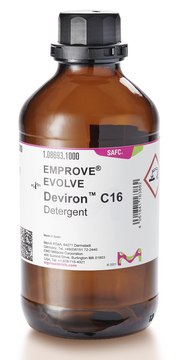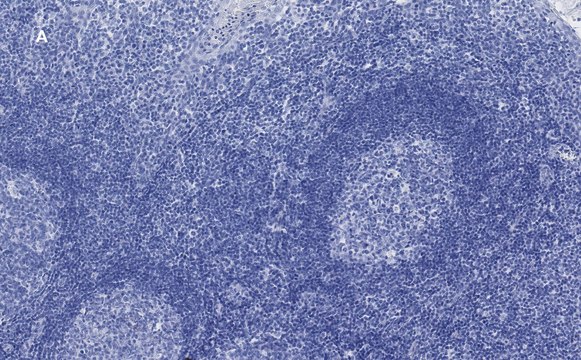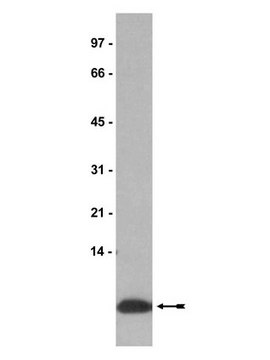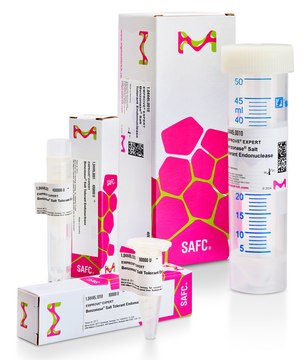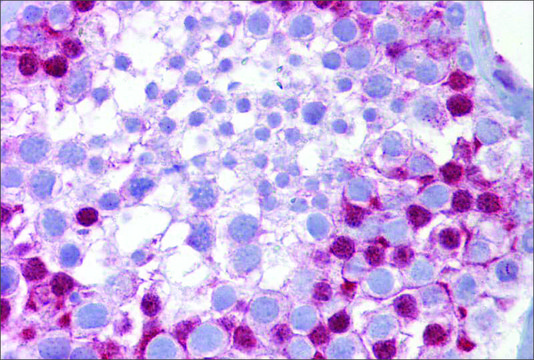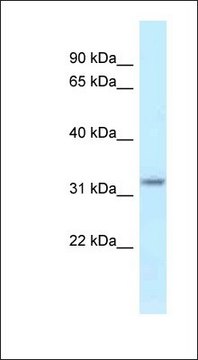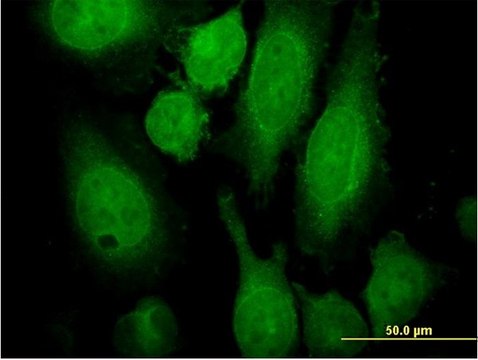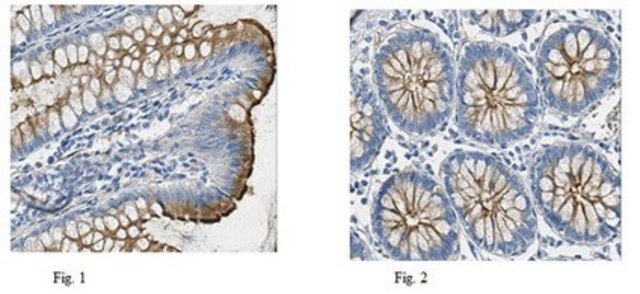General description
Protein unc-13 homolog A (UniProt: Q62768; also known as Munc13-1) is encoded by the Unc13a (also known as Unc13h1) gene (Gene ID: 64829) in rat. Munc13-1 is a large multifunctional peripheral membrane protein that is essential for synaptic vesicle fusion and neurotransmitter release. It is expressed in brain, with highest levels observed in the olfactory bulb, striatum, cerebral cortex, hippocampus, and cerebellum. Some expression has also been reported in pancreatic islet cells. Munc13-1 is involved in neurotransmitter release by acting in synaptic vesicle priming prior to vesicle fusion and also participates in the activity-dependent refilling of readily releasable vesicle pool. It contains a variable N-terminal region that contains a C2A domain and a calmodulin-binding region (CaMb) and a conserved C-terminal region that contains the C1, C2B, MUN and C2C domains. The C2A domain can form either a homodimer or a heterodimer with RIMs and provides a switch that controls neurotransmitter release and couples exocytosis to diverse forms of Rab3- and RIM-dependent presynaptic plasticity. The CaMb region is reported to mediate Ca2+-dependent short-term plasticity. The C1 domain mediates diacylglycerol and phorbol ester-dependent potentiation of release and the C2B domain acts as a Ca2+- and PIP2-dependent modulator of short-term plasticity. The MUN domain is highly elongated and is essential for opening syntaxin-1. In the presynaptic terminal, Munc13-1 is shown to form multiple and discrete supramolecular self-assemblies that serve as independent vesicular release sites by recruiting syntaxin-1. At the synaptic contacts in the active zone, Munc13-1 is essential for the formation of the syntaxin-1/Munc18-1 complex. This supramolecular assembly provides open syntaxin-1 molecules for use in the formation of active SNARE complexes and thereby specifies the site for synaptic vesicle docking, priming, and release. Munc3-1 is shown to be essential for synaptic vesicle maturation in most excitatory/glutamatergic but not inhibitory/GABA-mediated synapses. (Ref.: Quade, B., et al. (2019). eLife 8; e42806; Sakamoto, H., et al. (2018). Nat. Neurosci. 21(1); 41-49).
Specificity
Clone 11B-10G is a mouse monoclonal antibody that detects Munc-13-1 protein in rat. It targets an epitope within 70 amino acids from the N-terminal half.
Immunogen
His-tagged recombinant fragment corresponding to the first 320 amino acids from rat Protein unc-13 homolog A (Munc13-1).
Application
Quality Control Testing
Evaluated by Western Blotting in Rat brain tissue lysate.
Western Blotting Analysis: A 1:500 dilution of this antibody detected Munc13-1 in Rat brain tissue lysate.
Tested Applications
Immunocytochemistry Analysis: A representative lot detected Munc13-1 in Immunocytochemistry applications (Sakamoto, H., et al. (2018). Nat Neurosci.;21(1):41-49).
Note: Actual optimal working dilutions must be determined by end user as specimens, and experimental conditions may vary with the end user
Anti-Munc13-1, clone 11B-10G, Cat. No. MABN2642, is a mouse monoclonal antibody that detects Protein unc-13 homolog A and is tested for use in Immunocytochemistry and Western Blotting.
Physical form
Purified mouse monoclonal antibody IgG1 in buffer containing 0.1 M Tris-Glycine (pH 7.4), 150 mM NaCl with 0.05% sodium azide.
Storage and Stability
Recommend storage at +2°C to +8°C. For long term storage antibodies can be kept at -20°C. Avoid repeated freeze-thaws.
Other Notes
Concentration: Please refer to the Certificate of Analysis for the lot-specific concentration.
Disclaimer
Unless otherwise stated in our catalog or other company documentation accompanying the product(s), our products are intended for research use only and are not to be used for any other purpose, which includes but is not limited to, unauthorized commercial uses, in vitro diagnostic uses, ex vivo or in vivo therapeutic uses or any type of consumption or application to humans or animals.
